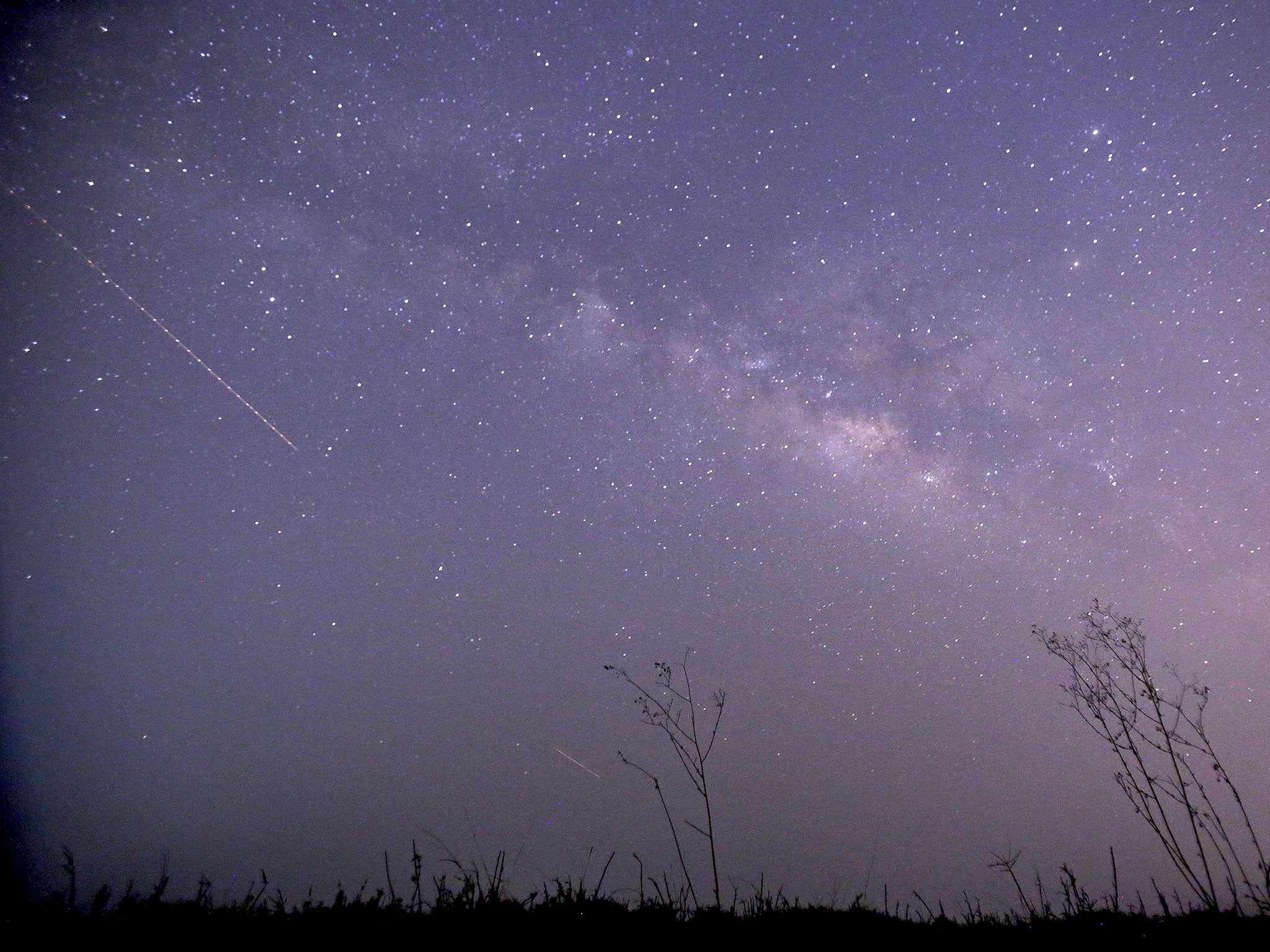Lyrid meteor shower 2016: How to see the annual spectacle over the UK
The annual shower will reach its peak in the early hours of 22 April

Your support helps us to tell the story
From reproductive rights to climate change to Big Tech, The Independent is on the ground when the story is developing. Whether it's investigating the financials of Elon Musk's pro-Trump PAC or producing our latest documentary, 'The A Word', which shines a light on the American women fighting for reproductive rights, we know how important it is to parse out the facts from the messaging.
At such a critical moment in US history, we need reporters on the ground. Your donation allows us to keep sending journalists to speak to both sides of the story.
The Independent is trusted by Americans across the entire political spectrum. And unlike many other quality news outlets, we choose not to lock Americans out of our reporting and analysis with paywalls. We believe quality journalism should be available to everyone, paid for by those who can afford it.
Your support makes all the difference.The Lyrid meteor shower is set to appear in the skies tonight, providing a great opportunity for stargazers to catch a glimpse of this annual spectacle.
The shower occurs from 16 to 26 April every year, as the dust trailing the C/1861 G1 Thatcher comet collides with the Earth's atmosphere, burning up and creating flashes of light.
Although the shower has been building up for a few days, it will reach its peak in the early hours of 22 April, with around 10 to 20 meteors being visible every hour just before dawn.
How to see the meteors
You won't need any binoculars or special telescopes to spot the meteors, since they'll be visible to the naked eye.
The best way to catch a glimpse is to find an area without light pollution. People who live in rural areas or smaller towns shouldn't have a problem, but those in bigger cities will see big improvements by going to parks or more isolated areas. The main idea is to get as far away from artificial light as possible. The meteors will also be more visible once you let your eyes adjust to the darkness.
This year, the Lyrid shower will coincide with the full moon, causing a source of light pollution which is impossible to get away from. It might reduce the meteors' visibility, but it shouldn't obscure them completely.
Clouds will also make the meteors harder to see - BBC Weather forecasts suggest it'll be cloudy in the south of the country, but there should be clearer skies further north. At any rate, you might be able to catch a glimpse through the clouds wherever you are.
Some of the meteors will leave a trail behind them, which can remain visible for minutes - so there's not too much pressure to constantly keep your eyes to the skies.
Where do they get their name?
The Lyrids are named after the small constellation Lyra, since they appear to emanate from that area of the sky. The brightest star in the constellation is Vega, itself the fifth-brightest star in the sky.
Of course, the meteors and the constellation are light years away from each other, but the name has stuck.
When were they first spotted?
The Lyrid shower is one of the oldest-known meteor showers, and like the Geminid or Perseid showers, it's been known to science for a very long time. Ancient stargazers reported seeing the shower over 2,700 years ago, and it's been a favourite sight for astronomers ever since.
What if I don't want to trek out to the local park in the cold to watch the shower?
You're in luck - Slooh, the astronomy website, will be live streaming the meteor shower on YouTube, from a prime light pollution-free position.
The livestream will begin at 1 a.m on 23 April, and you can watch it here.
Join our commenting forum
Join thought-provoking conversations, follow other Independent readers and see their replies
Comments